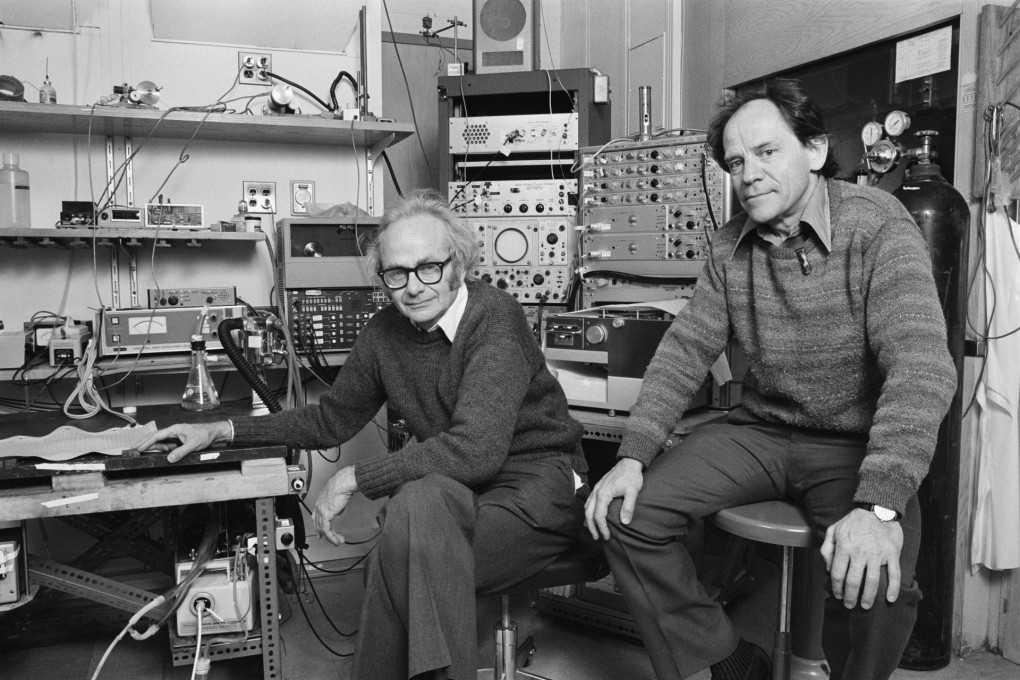David Hubel, neuroscientist who transformed understanding of vision, dies aged 87
Neuroscientist transformed understanding of vision and was jointly awarded the Nobel prize for physiology and medicine in 1981

David Hubel
1926-2013
David Hubel, who has died aged 87, was one of the greats of neuroscience. He discovered how individual brain cells convey the information that enables us to see the world, how these cells are organised in an exquisite crystalline structure and how they are moulded by experience in early life.
Besides transforming our understanding of vision and childhood visual disorders, his work created new insights into the detailed machinery of the brain.
Like many important scientific discoveries, Hubel's came from a close collaboration. He and Torsten Wiesel met as postdoctoral researchers in Johns Hopkins University, Baltimore, in 1958, and they continued to work together until Wiesel moved to Rockefeller University in 1983. In 1981 Hubel and Wiesel were together awarded the Nobel prize for physiology and medicine, along with Roger Sperry for his separate work on the hemispheres of the brain.
Before working with Wiesel, Hubel had applied his flair for tinkering with equipment to devise ultrafine electrodes for detecting nerve impulses from single cells, and the microdrive that allowed these electrodes to be precisely positioned in the brain.
At Johns Hopkins, they worked in the laboratory of Stephen Kuffler, whose pioneering experiments had shown how retinal cells in the eye respond to differences between patches of light and dark. Hubel and Wiesel attempted a similar approach to cells in the cat's visual cortex (the brain area that receives signals from the eyes).
Hubel, in his Nobel lecture, recounted how they tried in vain to activate a cell with projection slides showing dark and bright spots, but after many hours "we were inserting the glass slide ... when suddenly over the audiomonitor the cell went off like a machine gun". It was the edge of the slide, rather than anything on it, that proved key to activating the cell. Hubel and Wiesel found that visual cells in the cortex responded not to spots but to lines and edges, each cell having its own preferred orientation - responding, for instance, to 45-degree edges but not vertical or horizontal.